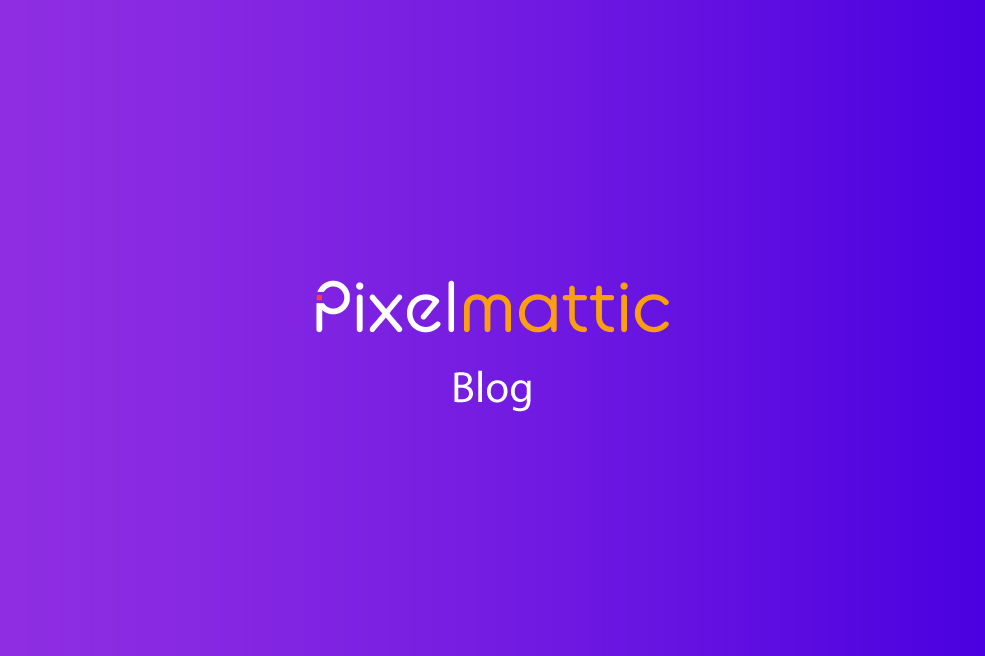A one page website can be a great design idea for your business, but it depends on a lot of factors. No one can rule out a one page websites as having more cons than pros to it. It ultimately narrows down to the website content and usability.
Having said that, if you had to list out the positives and negatives of a one page website, these following points could shine some light on your confusion. Click on each tab to reveal the points.
[tab_nav type="two-up"][tab_nav_item title="PROS" active="true"][tab_nav_item title="CONS" active=""][/tab_nav]
When does one opt for a one page website?
Your business plan is directly proportional to your website design. If you wish that your website be a simple and to the point, then a one page website would make sense. But if you want an elaborate online marketing machine, then a multi-page website will be suitable.
It really depends on your content and the kind of information you are trying to convey. Sometimes a single page would be enough, but mostly with larger and broader content, you would necessarily need a multi-page website.
If the amount of content is less and your plan consists only of few pages, then the decision to condense all that matter into a single page website might prove to be more rewarding. Talking about conversions and search engine optimisation there are ups and downs to this. Here’s what google has to say about one page websites:
A few examples of one page websites: These seem like good examples to adopt a single page website
- Single e-commerce product
- A wedding or any social event(one time events)
- Product websites
- Small business with limited content
- portfolio websites
Some of the best practices for a one page website:
- The one page website should be simple. There should be clear demarcations to sections so as to avoid confusion .
- Make use of the background and design it effectively.
- Divide the content into chunks. But, have a flow to it all. Let the entire content be connected to each other.
- One page website can have a vertical or horizontal navigation and must be easy for the visitors to get to the information they are looking for.
- Use JavaScript and Ajax to enhance the content organisation.
- This simple yet beautifully designed website must necessarily have a strong call to action.
[content_band inner_container=”true” no_margin=”true” padding_top=”0px” padding_bottom=”0px” border=”none” bg_color=”#e5e5e5″]
Thinking about making a website? Let’s get in touch!
Error: Contact form not found.
[/content_band]
